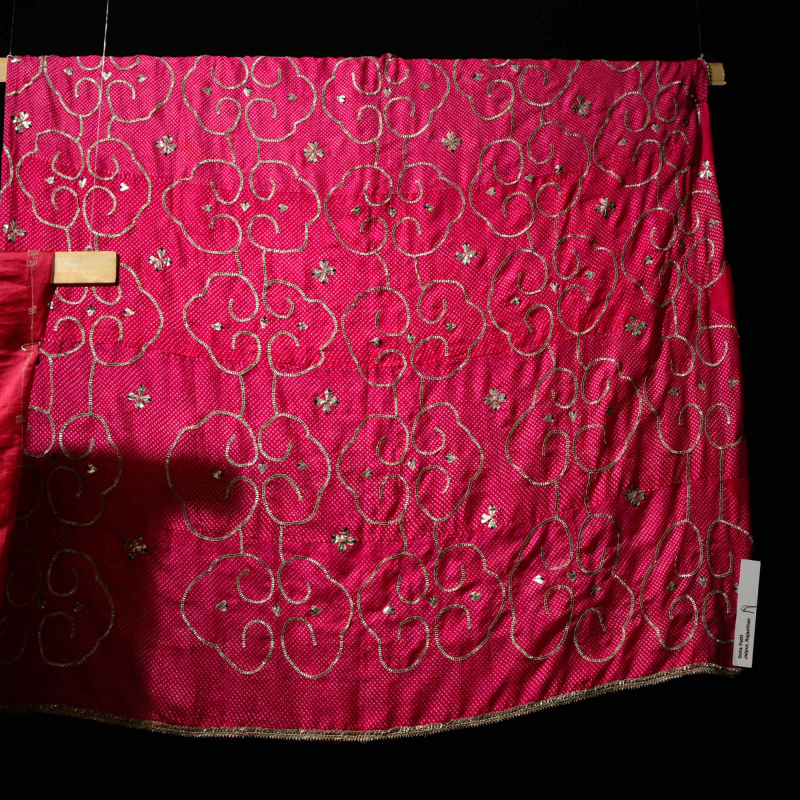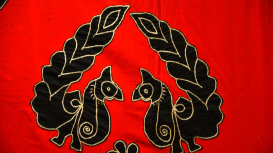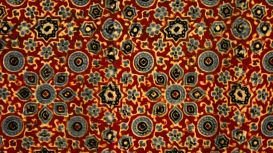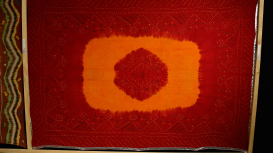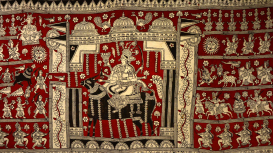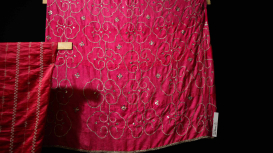India boasts the richest handmade textile traditions in the world. In material, as in technique, no other country possesses such incredible range and variety. In its holdings of textile heritage it is unsurpassed, and so too in current knowledge and practice. Numerous textile techniques abound with all manner of variations and particularities. The knowledge and skills of our handloom weavers, as of our hand printers, dyers, block makers, painters and embroiderers, are a national treasure.
To be able to navigate this vast and complex field it is useful to begin with some initial taxonomies. The particular approach chosen here is based on the Location of Design, or the point where pattern or motif enters the fabric. This classification gives us three major groups: Pre-Loom, On-Loom, Post-Loom.
The first two, Pre-Loom and On-Loom, together make up Handwoven Textiles. The third, Post-Loom, or what could also be called ‘Handcrafted Textiles’, comprises all those techniques where design is brought to the cloth after the cloth is woven.
The Exhibition, Mapping Indian Handcrafted Textiles, which was shown at the Indira Gandhi National Centre for the Arts, New Delhi (between the 8th-30th September, 2016), was an attempt to present some typical examples of the five broad groups of Handcrafted Textiles that make up the Post Loom category: Painted, Printed, Resist-Dyed, Appliquéd and Embroidered Textiles.
The project was done under the aegis of a Tagore National Fellowship (2015-2017), awarded to Dr Ruchira Ghose, and based at and supported by the Indira Gandhi National Centre for the Arts, New Delhi. Mr Mushtak Khan assisted the research on the project.
